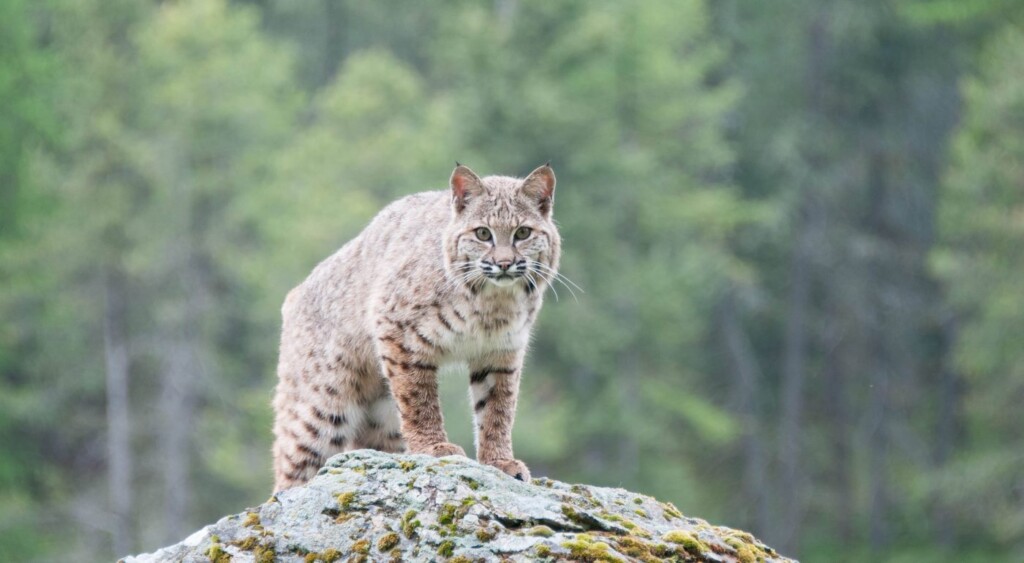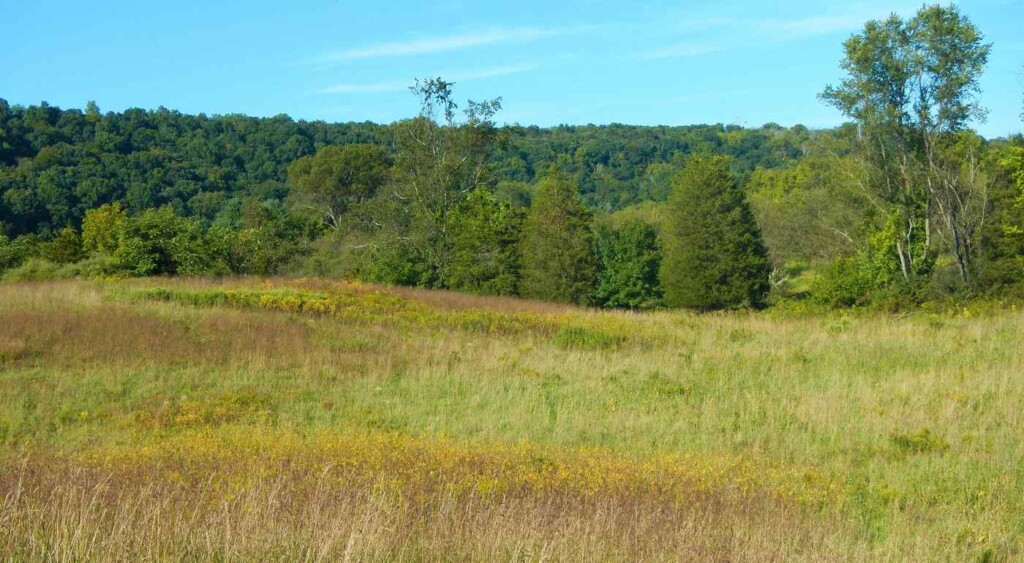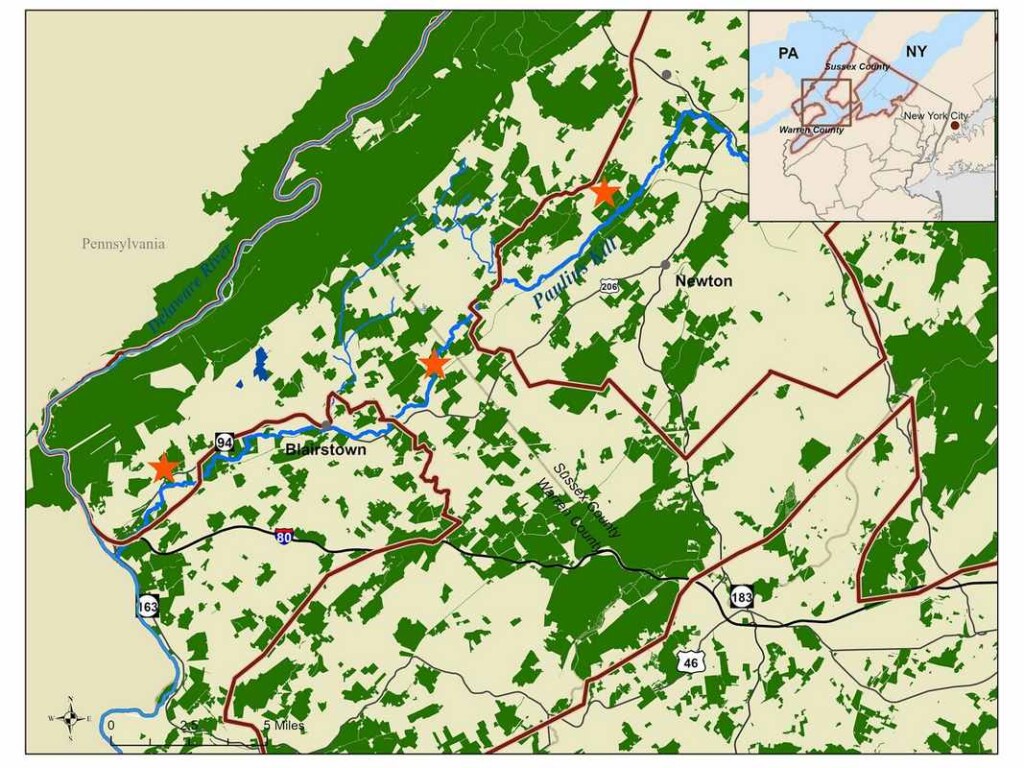 A Bobcat – credit, Jeff Wendorf © provided by the Nature Conservancy
A Bobcat – credit, Jeff Wendorf © provided by the Nature ConservancyA famous American conservation nonprofit is celebrating the acquisition of a very small piece of land with a very big role to play in protecting wildlife in New Jersey.
Though 454 acres is hardly anything in the grand scope of American conservation, The Nature Conservancy’s recent acquisition is located along a stretch of rural country known to them as “Bobcat Alley.”
Here, critical migratory corridors allow for the movement of animals north and south through a choke point in one of the most built-up regions of the Appalachian Mountains. Warren and Sussex counties in New Jersey are located along the state’s northern tip where it meets Pennsylvania and New York, and it was ten years ago that The Nature Conservancy (TNC) realized that this valuable section of East Coast woodland and mountains needed protection.
The Bobcat Alley Initiative started in 2014 with the aim of preserving 32,000 acres of land to ensure state-Endangered bobcats had a corridor through which to migrate in and out of state. New Jersey is one of the most developed states in the country, and fragmentation of habitat with roads and developments was increasing.
The original goal was for TNC to acquire 60%, or 19,200 of the 32,000 acres and lobby or partner for the protection of the other 40%. Bobcat Alley runs through Warren and Sussex counties, along the aptly-named Kittatinny Hills to the northwest, and the state’s Southern Highlands to the east.
About 13,000 of the 19,200 acres are already protected, while local partners in the Bobcat Alley Initiative protect another 1,529 acres.
 Typical Bobcat Alley landscape – credit, Mike Shanahan © provided by the Nature Conservancy
Typical Bobcat Alley landscape – credit, Mike Shanahan © provided by the Nature ConservancyTNC have recently tripled the size of the goal to 96,000 acres, to which it recently added 189 acres of field and forest in the Mount Pleasant section of Knowlton Township in Warren County, and 248 acres of rolling hills and forest in Hampton Township in Sussex County, the latter of which being the focus of TNC conservation attempts for two decades.
 A map of land closings in Bobcat Alley as of spring 2025. © TNC
A map of land closings in Bobcat Alley as of spring 2025. © TNC“We are building Bobcat Alley piece by piece in a state where the land parcel sizes are modest, but cost is at a premium,” said Barbara Brummer, TNC’s New Jersey State Director, in a statement announcing the new acquisition.
SIMILAR WORK AROUND THE COUNTRY: Elk Can Migrate Through Private Colorado Ranch After First-of-its-Kind Deal with Conservation Group
“The project takes patience, commitment and teamwork, and we truly appreciate the partners that stepped up to help us protect these beautiful and critical natural areas for wildlife and people.”
The objective of the tripling in size is to connect the New Jersey section of Bobcat Alley to existing protected areas in New York’s Hudson River Valley and Pennsylvania’s Appalachian areas.
The Kittatinny Ridge contains large, mature, and undisturbed forests along this mountainous span in northwestern New Jersey and is prime habitat for roaming species like bobcats, black bears, and red foxes.
MORE EAST COAST WILDLANDS: New Yorkers Will Love This New 7.5 Mile Trail Along the Hudson River Highlands Inspired by Landscape Painters
The Southern Highlands contain important intact stands of oak, beech, maple, and hickory where gray foxes, barred owl and river otter thrive. The forests protect drinking water for most residents of northern New Jersey, and the Pequest and Musconetcong Rivers, which are stronghold habitats for brook trout, New Jersey’s state fish and only native trout.
The Southern Highlands are at much greater risk of development than Kittatinny. All of New Jersey’s land is predicted to be either developed or protected come the end of the century.
SHARE This Ambitious Project And TNC’s Plodding Success Year Over Year…
Source link

